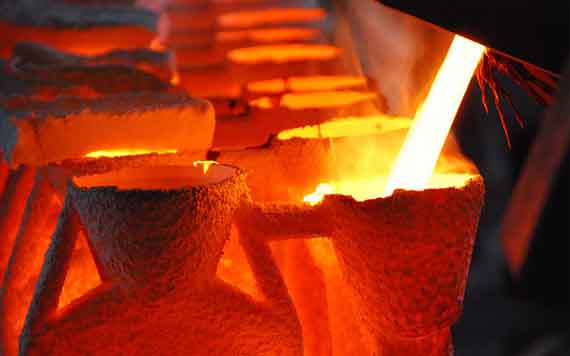Many industries rely on components and parts made through die-casting. This includes industries such as submarine, aerospace, energy, electrical, petrochemical, mining, watering, plumbing, and medical, machinery, food dairy, and automotive.
Different die casting machines can range anywhere between 180- 2000 metric tons. The best manufacturers can produce different types of parts with the best quality for purposes of assembly. It is possible to access die casting parts that are protected, functional, and aesthetical. It is also possible to access different surface finishing that includes bright finishes. Chrome plating, shot blasting, e coating, and powder coating. The kind of coating available usually depends on the company in question.
What it is
Die-casting is a process of metal casting that is often characterized by the pressurization of molten metal to enter a mold cavity. This cavity is often made of two steel molds that are hardened and machined in processing to work the same as injection molds.
In many cases, the die-castings are made using non-ferrous metals. This includes things like tin and its alloys, lead, magnesium, aluminum, copper, and zinc. Cold thermal machines are used depending on the kind of metal being processed.
How castings are made
Steel dies that are capable of producing so many castings at the same time have to be made in two sections. This allows room for casting removal. Usually, parts are mounted within the machine firmly, and they are arranged in a way that one remains stationary while the others can move. The two halves of the mold are put together using the die-casting machine.
After this, molten metal is injected into the cavity, and it solidifies rapidly. The half part of the mold is then opened, and the casting is removed. These kinds of molds may be complicated or simple. They can have cores or movable sides, but this often depends on how complex the casting is.
The entire die casting process is a fast cycle that creates the best nonferrous metal parts. This is in contrast to sand casting that needs new sand molds every time casting is being done. The permanent process requires the use of steel or iron molds or sand. This process is less precise and much slower when compared to die-castings.
There are some advantages associated with die-casting. They include:
- Corrosion resistance
- High production rates
- Lightweight
- Thin walls
- Citation of complex and simple shapes
- Economical and efficient option compared to some other processes’
- It combines many factions to form one: this is monolithic
Die-casting is a great forming process in terms of speed and price. The main advantage is that so many castings may be produced very first using just one mold. This leads to the production of components that have the same quality and at low cost.
Different sectors are always looking for great ways to improve things like weight. Many inventions are being introduced to cater to the market needs. Finding a good die casting company can be a great thing in producing the highest quality parts.
Media Contact
Company Name: Forcebeyond
Contact Person: Media Relations
Email: Send Email
Phone: (302) 995 6588
Address:261 Quigley Blvd, Suite 18
City: New Castle
State: Delaware
Country: United States
Website: https://www.forcebeyond.com/

